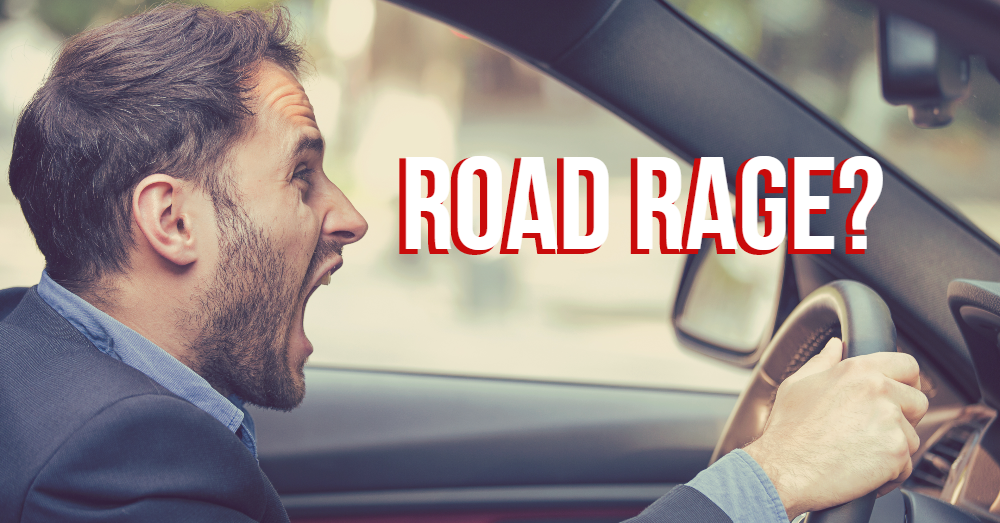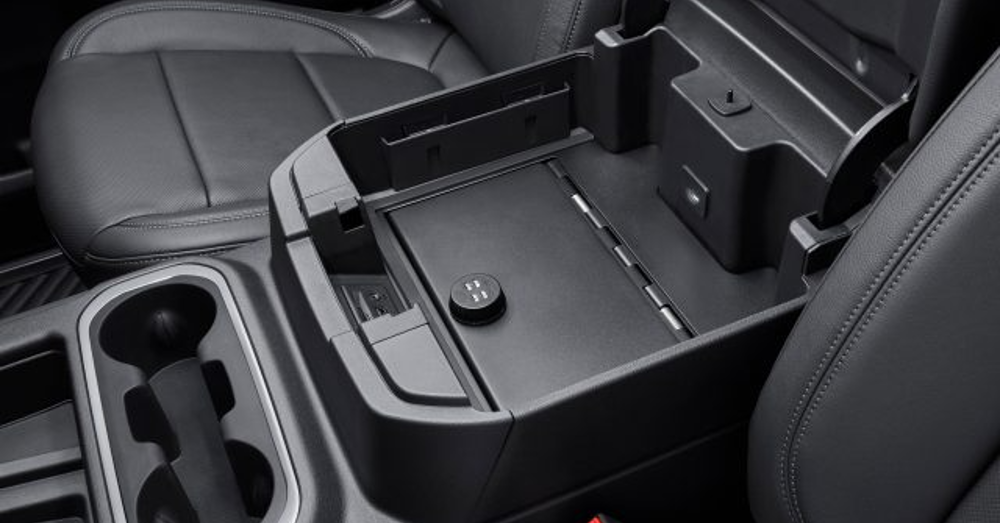
Techniques to Calm Road Rage
Have you ever felt angry because another driver cuts you off in traffic? Have you felt the urge to scream at another driver for not signaling, not stopping, or making the road unsafe for you and other drivers?
If so, you’ve experienced a small part of what road rage can be. Road rage can range from simply yelling from your car and honking your horn to full-blown dangerous situations where you cut off another driver and threaten them with weapons and bodily harm.
You Have to Calm Down
There’s no denying the fact that you need to calm down when you’re driving, especially if you know you’re susceptible to road rage. It’s important to keep your emotions and anger in check when you’re behind the wheel. If your family or friends have told you that you have some form of road rage, you’ll want to try some of these techniques.
Breathing Exercise
When you find yourself feeling angry, especially when behind the wheel of a car, you need to have a way to calm yourself. One way to do this is with forced breathing. Use The Immediate, Lengthened, Forced Exhale. Practice this exercise a few times before you really need to use it.
How and When to Use It
When you feel anger brewing, immediately force an exhale. Some will call this a heavy sigh, but the forced exhale gives you a chance to let your feelings loose and push out the anger you’re experiencing. Grab a deep breath in and then force out as much air as you can. Continue to exhale as long as you can until you can’t let any more out. If you see feel angry at the situation in front of you, repeat this process. It’s important to get your emotions back under control so that you don’t end up using your vehicle as a weapon against another driver.
Plan Ahead
Often, when we don’t plan ahead or we feel rushed, we can feel angry when the traffic doesn’t go our way. How many times have you said to yourself “why do I always get behind slow people when I’m in a hurry?” If you plan ahead this doesn’t have to happen. How do you plan ahead? You do this by mapping out your route and thinking about the traffic you’ll have to drive in. Leave a few minutes early so that you can take a relaxed drive and won’t be bothered if things are a little slow. If you do arrive at your destination early, enjoy your favorite song before you get out of the car.
Rest Up
You shouldn’t drive when you’re tired or groggy, but this is sometimes unavoidable. If you’re going to take a long road trip, you need to make sure you get plenty of sleep before you head out on the road. It’s much better to get to your destination safely than to not arrive because you fall asleep behind the wheel.
At the end of a workday, its important to make sure you take a few minutes to relax and gather your emotions before you drive home. If you’ve been working in the heat, sun, or under intense physical or mental conditions, you’ll want to give yourself a bit of a refresh before starting your drive.
Turn Down your Music
Without telling you to choose music that’s not aggressive, the volume of the music you listen to while driving can affect your emotions and make you feel agitated more quickly than music at a lower volume. If your favorite song comes on and you want to turn it up, go ahead, but try to avoid loud aggressive music unless it truly makes you feel calm and comfortable. Listen to the music and talk shows on the radio that you know will make you feel happier so that you don’t take out your frustrations on the other drivers around you.
Laugh it Off
Similar to the breathing exercise, you could try to laugh when someone does something irritating to you. If you’re in the car by yourself, its easy enough to call names or mutter under your breath at the other driver while adding a laugh to the mix. Why should you laugh? Laughter calms you down and will increase the endorphins related to happiness and make you feel less stressed. Try laughing the next time you feel stressed when you’re driving on the road.
Avoid Negative Body Language
While you might think you’re in a cell of protection in your vehicle, other drivers can see you and see what you do through the windows. This means it’s a good idea to keep your body language neutral when you drive. Putting your hand out the window and “flipping the bird” or other obscene gestures will not get you a positive reaction.
Of course, doing these things when you don’t put your arm out the window won’t give you the reaction you want either. You might cause the other driver to become enraged and you’ll certainly increase your own level of road rage. Try to calm down and avoid negative body language.
Practice Safe Driving Techniques
If you consistently practice safe driving techniques, you’ll have a much better chance of controlling your road rage. Here are some common items to consider:
- Coming to a complete stop
- Staying in the travel lane unless passing
- Going the speed limit
- Providing merging vehicles with the proper space
- Using your turn signal when preparing to turn
Practice these techniques during your drive and you’ll be better prepared to feel calm and relaxed when you take a drive. Try not to be the subject of others’ road rage by being a good driver.
Use this list to make sure you avoid feeling road rage when you head out on the road with other drivers. You want to be calm, relaxed, and under control on the road. It’s not going to do you or the other drivers any good if you are angry and driving with your emotions out of control.
This post may contain affiliate links. Meaning a commission is given should you decide to make a purchase through these links, at no cost to you. All products shown are researched and tested to give an accurate review for you.



